The Lifespan and Health Concerns of a Pearl Cockatiel in Captivity
Explore the lifespan of Pearl Cockatiels and potential health concerns to ensure your feathered friend enjoys a long, healthy life.
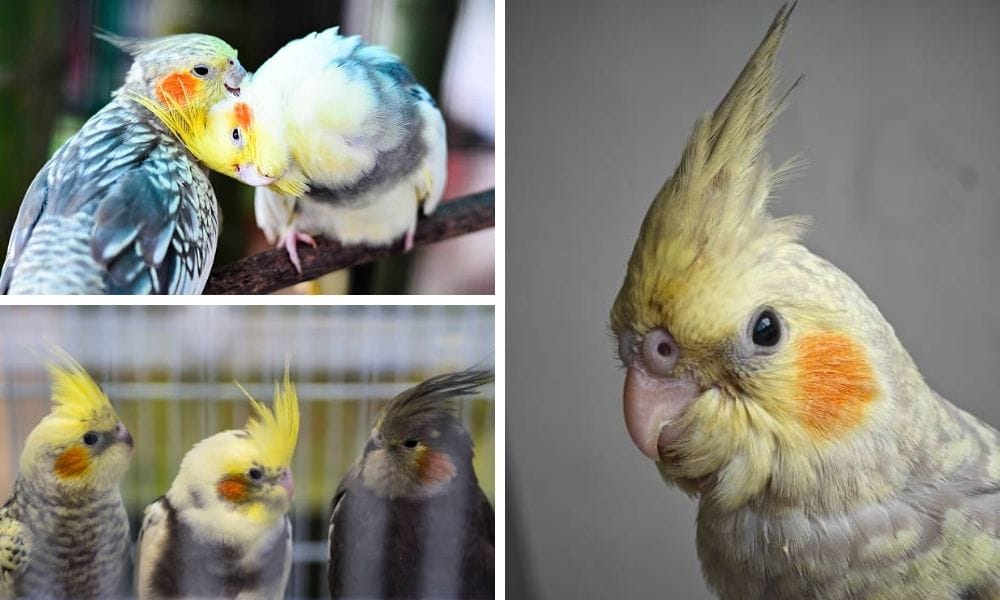
Key Takeaways:
- Pearl cockatiels are a popular color mutation with unique markings and a lifespan of 15-20 years when properly cared for.
- Health concerns for pearl cockatiels include fatty liver disease, respiratory issues, and feather plucking, which can be mitigated with proper diet and environment.
- Understanding the sex-related genetic mutation in pearl cockatiels is crucial for bird owners, as males lose their pearling after the first molt.
Pearl cockatiels, with their striking appearance and docile personalities, have captivated bird owners worldwide. As a member of the cockatoo family, these pet birds boast a distinctive pattern of yellow and white on their grey feathers, making them a favorite among enthusiasts. But beyond their beauty, understanding the lifespan and health concerns of these birds is essential for any responsible owner.
What Defines a Pearl Cockatiel?
Pearl cockatiels, also known as pearly tiels or opaline cockatiels, exhibit a color mutation characterized by a speckled pattern. Their grey body is adorned with yellow and white markings, often described as 'pearling'. This pattern is most prominent on their back, wings, and tail feathers. The males of this species may lose this pearling after their juvenile molt, revealing a more standard grey color, while females retain their intricate patterns throughout life.
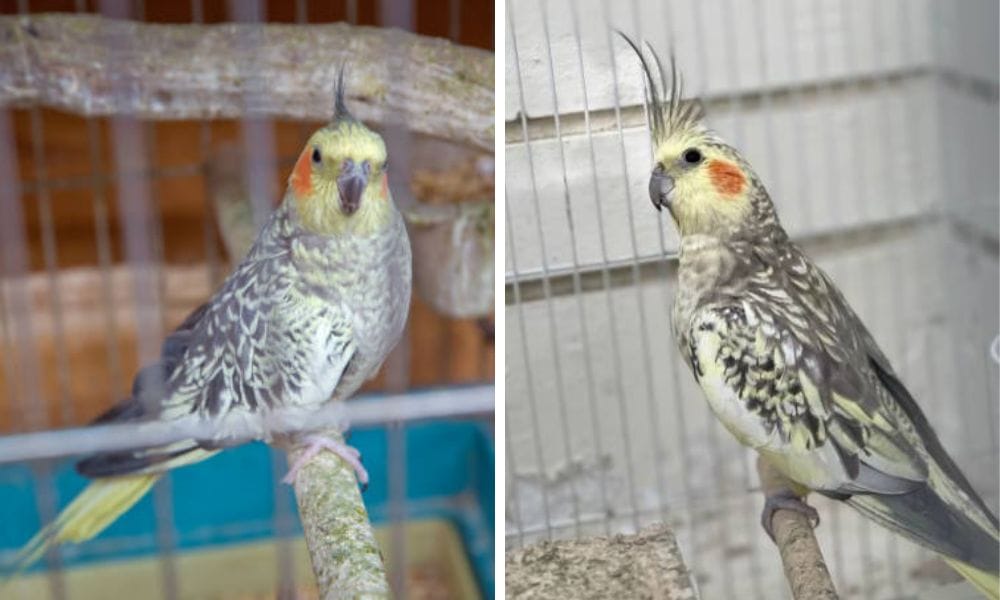
The Lifespan of Pearl Cockatiels
On average, most pearl cockatiels can live between 15 to 20 years with proper care. This longevity is contingent upon a variety of factors, including diet, environment, and genetics. Bird owners who provide a balanced diet, a spacious flying cage, and regular veterinary care can expect their feathered companions to thrive for many years.
Recognizing the Sex of Pearl Cockatiels
Sexing pearl cockatiels can be a challenge, as the sex-related genetic mutation affects their coloration. Young males and females are nearly indistinguishable, but as young males undergo their first molt, typically around 6-12 months, they may lose their pearling and exhibit more grey colors. Females, on the other hand, maintain their laced cockatiels' appearance with consistent patterns of golden pearls and white wing bars.
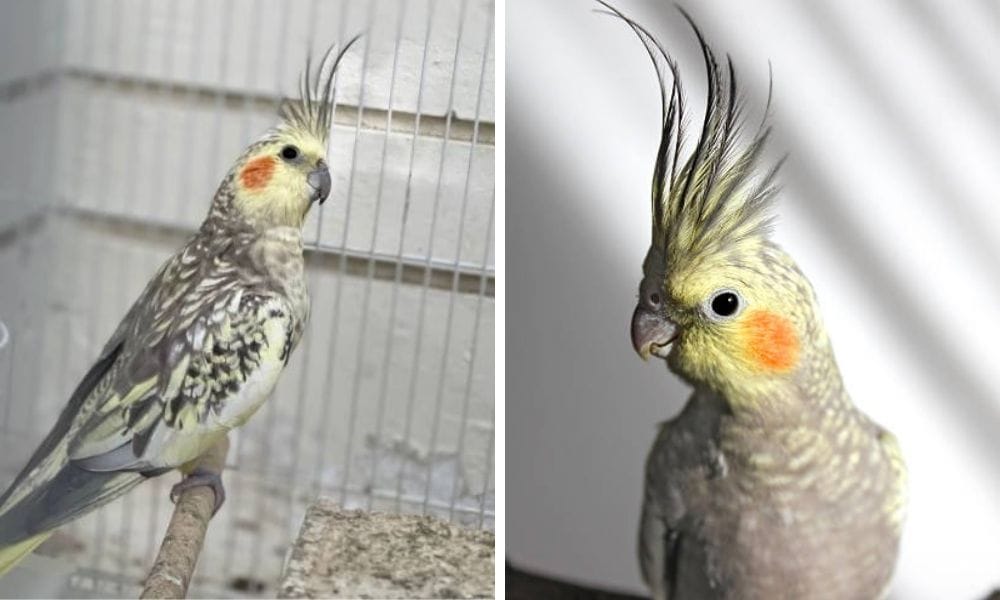
Diet and Nutrition for Optimal Health
A balanced diet is crucial for maintaining the health of pearl cockatiels. A mix of seeds, pellets, fresh fruits, and vegetables should be provided to ensure they receive all necessary nutrients. Bird owners should be aware of the risk of fatty liver disease, a common ailment in pet birds, which can be exacerbated by a high-fat diet.
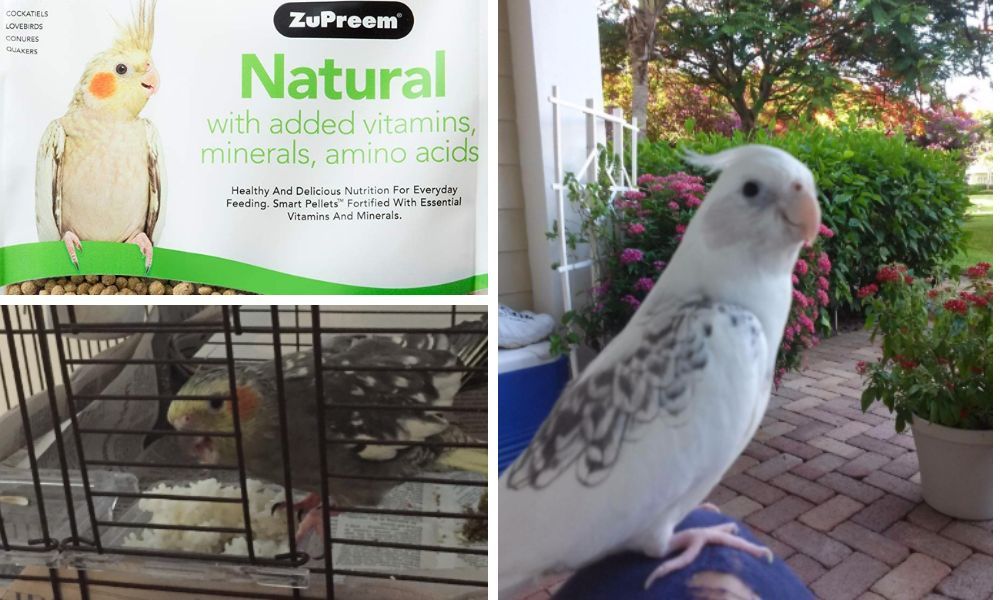
The Importance of a Suitable Habitat
The habitat of a pearl cockatiel plays a significant role in its overall well-being. A flying cage that allows for ample movement is essential, as these birds are naturally active and require space to stretch their wings. The cage should be placed in a well-ventilated area, away from drafts and direct sunlight, to prevent respiratory issues.
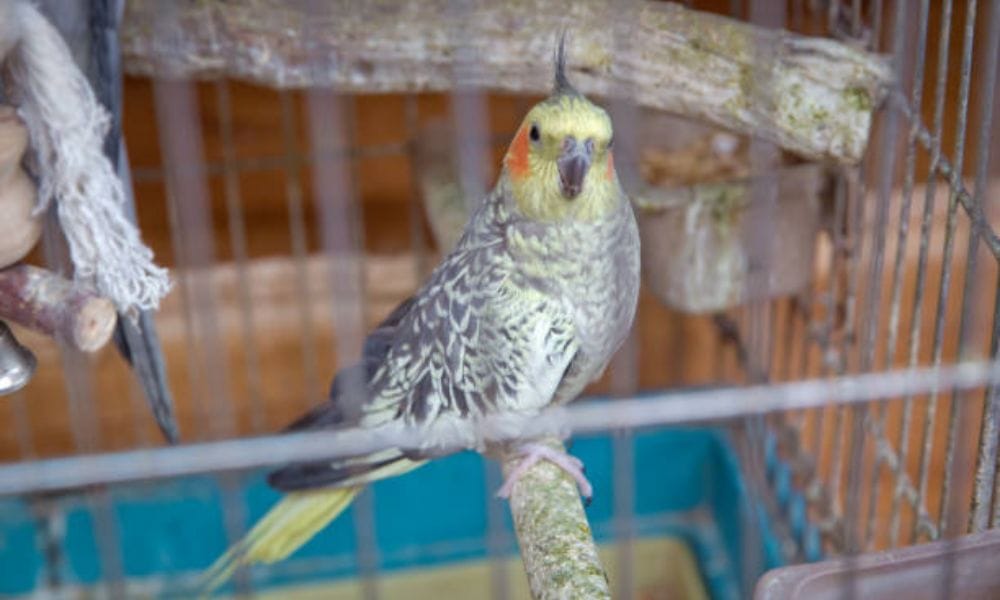
Common Health Concerns in Pearl Cockatiels
Pearl cockatiels, like many birds, are susceptible to a range of health issues. Respiratory infections, indicated by symptoms such as nasal discharge and red eyes, are common. Feather plucking can also occur, often as a result of stress or boredom. Regular check-ups with an avian veterinarian can help catch and treat these concerns early.
Breeding and Genetic Considerations
Breeding pearl cockatiels requires an understanding of their genetics, particularly the sex-linked traits. Many breeders select for the pearl mutation, aiming to produce offspring with the desired pearling. It's important to note that breeding these birds should be left to experienced individuals who can ensure the health and well-being of both the parents and chicks.
The History of the Pearl Cockatiel Mutation
The pearl cockatiel mutation was first observed in captivity and has since become one of the most popular color variations. Initially discovered in the 1960s, this mutation has captivated bird owners with its unique and beautiful patterning. The mutation is believed to have occurred spontaneously and has been carefully bred to maintain its distinct characteristics.
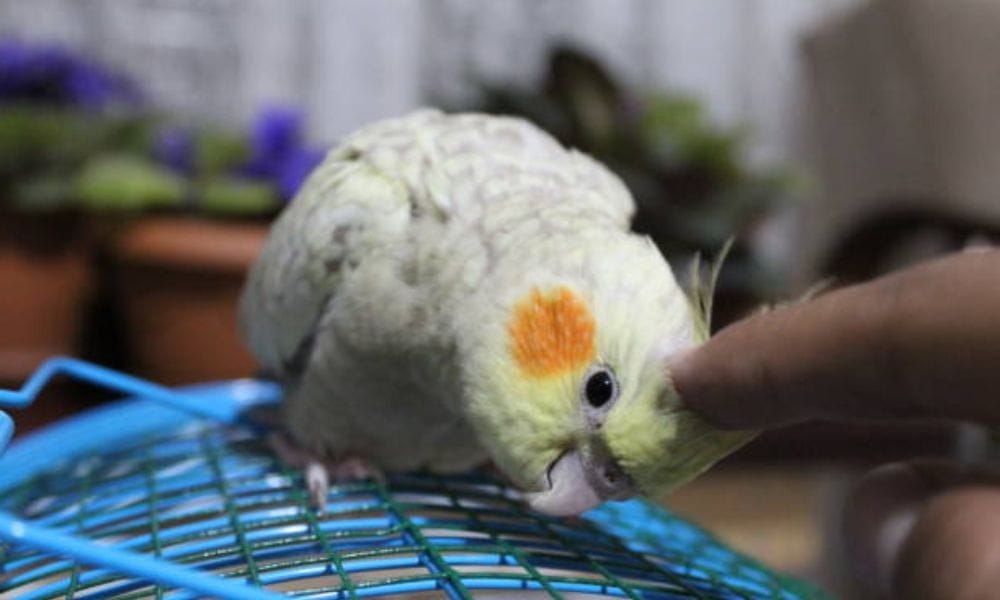
Preventing Behavioral Issues
Pearl cockatiels, like all parrots, can develop bad habits if not properly stimulated. These intelligent birds require mental engagement, which can be provided through toys, interaction, and training. Without this, they may resort to screaming or feather plucking as a form of entertainment or to express their frustration.
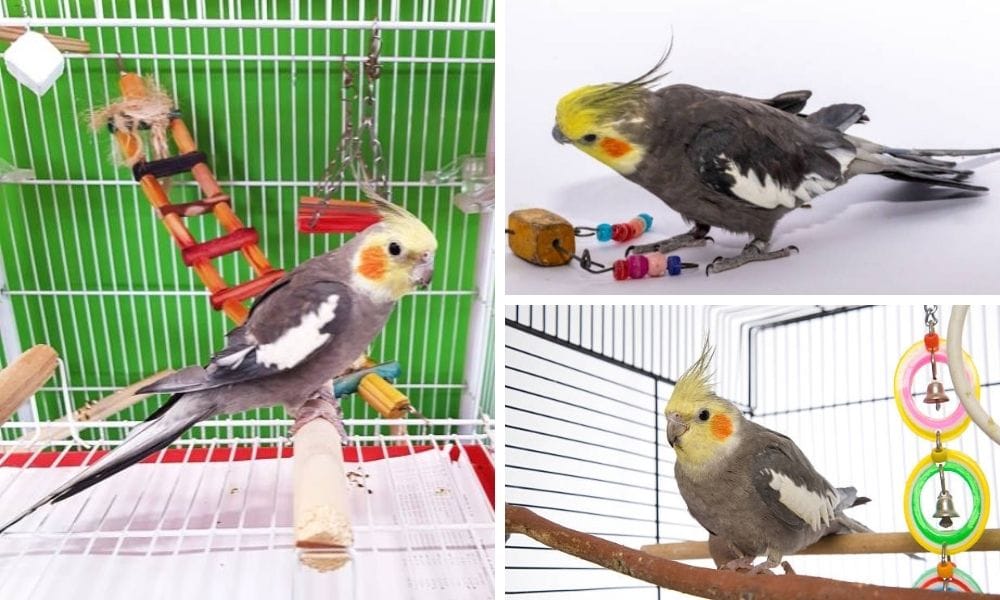
The Aesthetic Appeal of Pearl Cockatiels
Pearl cockatiels, with their enchanting light blue-gray feathers and distinctive yellow-white bird coloration, are a visual delight for any pet bird enthusiast. The pearly cockatiels, often referred to as 'silver pearls,' exhibit a mesmerizing pattern of color pigment that can include warm tans and a yellowish infusion, enhancing their charm. The unique appearance of these birds, with their horizontal bars and colored bars, is a result of a sex-related genetic mutation, which adds to their allure and makes them a popular choice among bird lovers.
The aesthetic variations within the species are vast, with some exhibiting a more pronounced white appearance, while others, like the cinnamon pied pearly, boast a cinnamon brown color that's soft to the eye. The lutino cockatiels, with their bright yellow pigmentation, and the white-faced cockatiels, with their stark white appearance and absence of yellow or orange cheek patches, are other beautiful examples of the diversity within this species. The image credit for the popularity of these birds can be given to their striking looks and the joy they bring to their owners as living pieces of art.
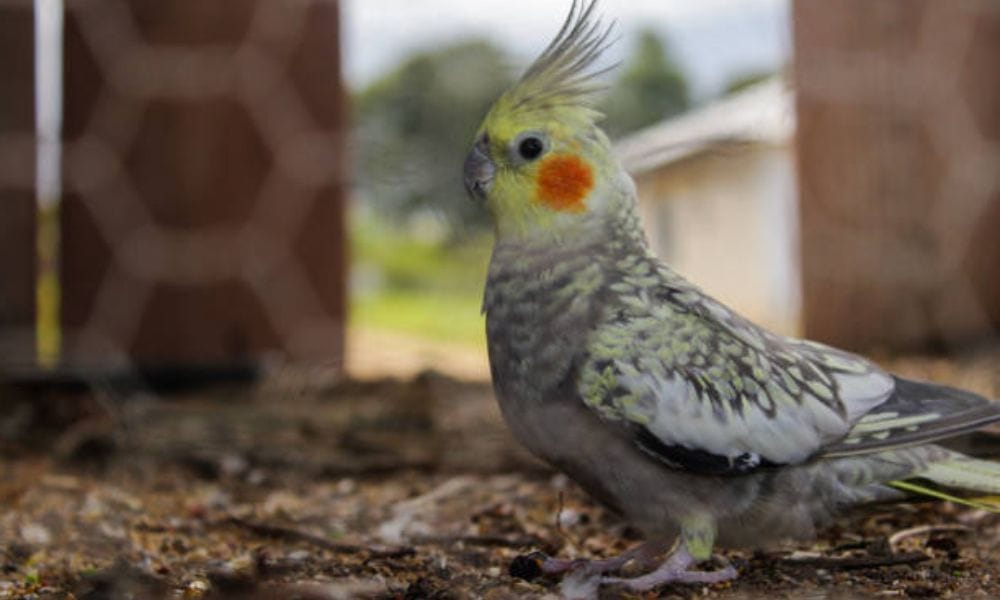
The Unique Coloration of Pearl Cockatiels
Pearl cockatiels are a marvel in the avian world, with their distinctive light blue-gray feathers that captivate bird enthusiasts. The intricate patterns that adorn their wings slightly resemble the lustrous sheen of pearls, hence their name. These birds often exhibit a stunning contrast of colors, with the males sometimes flaunting a yellowish face that complements their orange cheek patch. This vibrant mix of hues makes the description of cockatiels not just a matter of taxonomy but also an appreciation of their natural beauty.
In addition to their primary colors, variations such as the white-faced cockatiels and those with light pied markings add to the diversity of this species. The white-faced variety, in particular, lacks the typical yellow and orange pigmentation, presenting a striking, ghostly elegance. These color variations are not just visually appealing but also serve as a topic of interest for geneticists studying sex-related genetic mutations that can lead to such diverse appearances in pearl tiels.
The Behavioral Patterns of Young Cockatiels
Young cockatiels are a bundle of energy and curiosity, often likened to feathered alarm clocks due to their vocal nature. From the observed time they spend interacting with their environment to their playful antics, these birds are a source of endless entertainment. Their behavior can be quite telling of their overall health and well-being. For instance, a lively cockatiel with bright, alert eyes and a penchant for exploration is typically a sign of good health. Conversely, a lack of activity or a subdued demeanor may signal that something is amiss.
It's fascinating to note that the socialization process in young cockatiels is crucial for their development. These birds are highly social creatures, and their interactions with both their human caretakers and feathered companions can influence their behavior patterns. Socialization helps prevent behavioral issues and encourages a well-adjusted temperament. Additionally, the sex-linked traits in these birds can sometimes influence their social behavior, with males generally being more vocal and females more reserved, though individual personalities can vary widely.
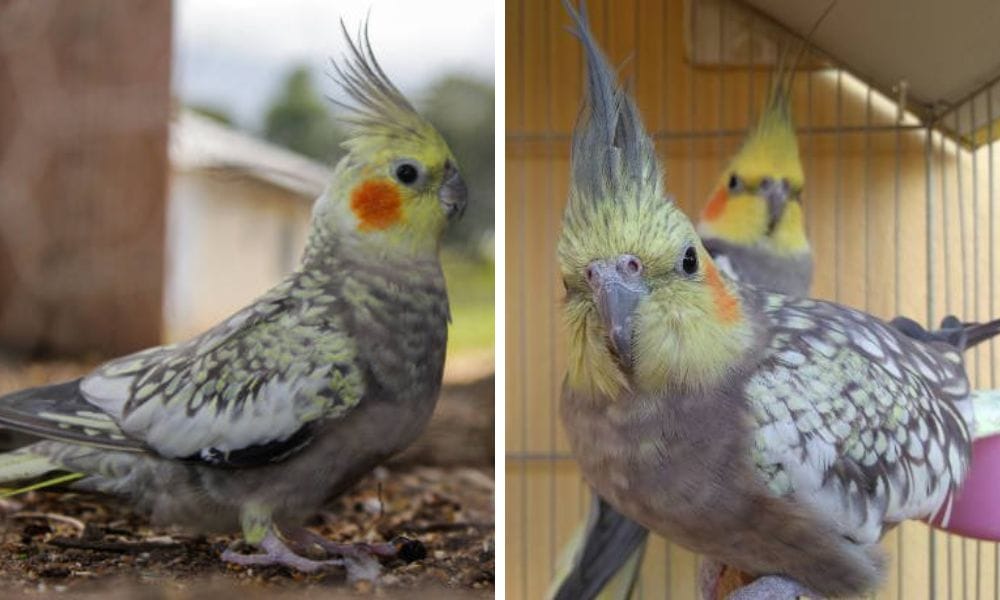
The Genetic Diversity and Its Impact on Pearl Cockatiels
The genetic diversity in pearl cockatiels is not just about the visual appeal; it also plays a significant role in the health and behavior of these birds. For instance, the first cockatiel mutation, known as the 'wild cockatiels,' had a gray body and yellow crest, which has since evolved into various mutations like the lutino, cinnamon, and pearly whiteface. Each mutation, such as the pied whiteface or the clear pied, carries its own set of genetic traits that can influence everything from the bird's coloration to its temperament.
Understanding the genetics behind these mutations is crucial for breeders and owners alike. For example, the sex-linked mutation in male pearl cockatiels can result in young birds losing their pearl markings as they mature, while female cockatiels retain their pearly patterns throughout their lives. Additionally, the wider pelvic bones observed in female cockatiels are another sex-related genetic trait that can help owners determine the sex of their young birds. This knowledge is not only fascinating but also practical for those who wish to breed or simply understand their pet bird better.
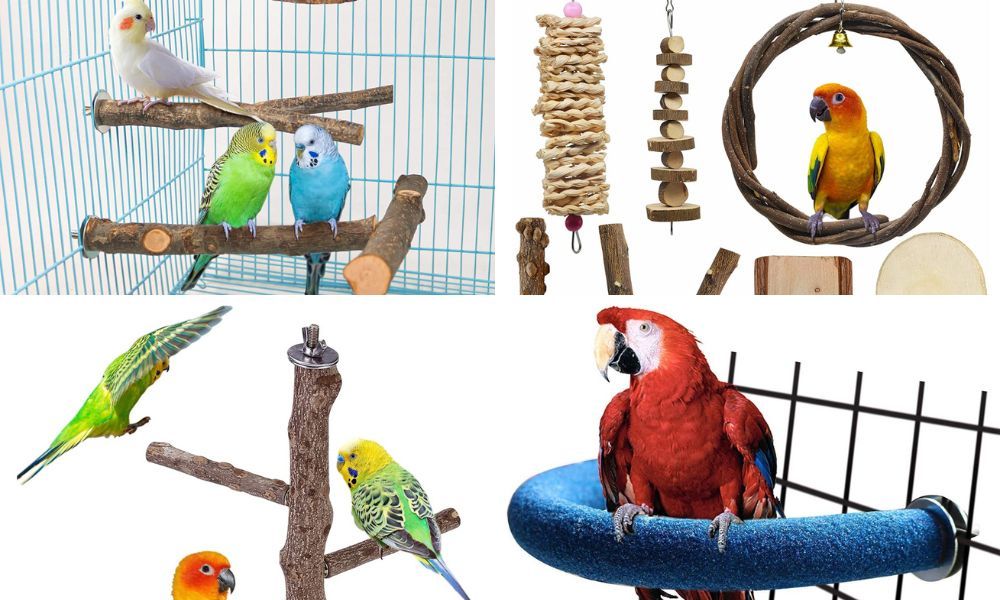
Environmental Enrichment for Pearl Cockatiels
To keep pearl cockatiels healthy and happy, their environment should be enriched with various perches, toys, and opportunities for foraging. This not only encourages natural behaviors but also helps prevent boredom and associated health issues. A stimulating environment can make a significant difference in the quality of life for these pet birds.
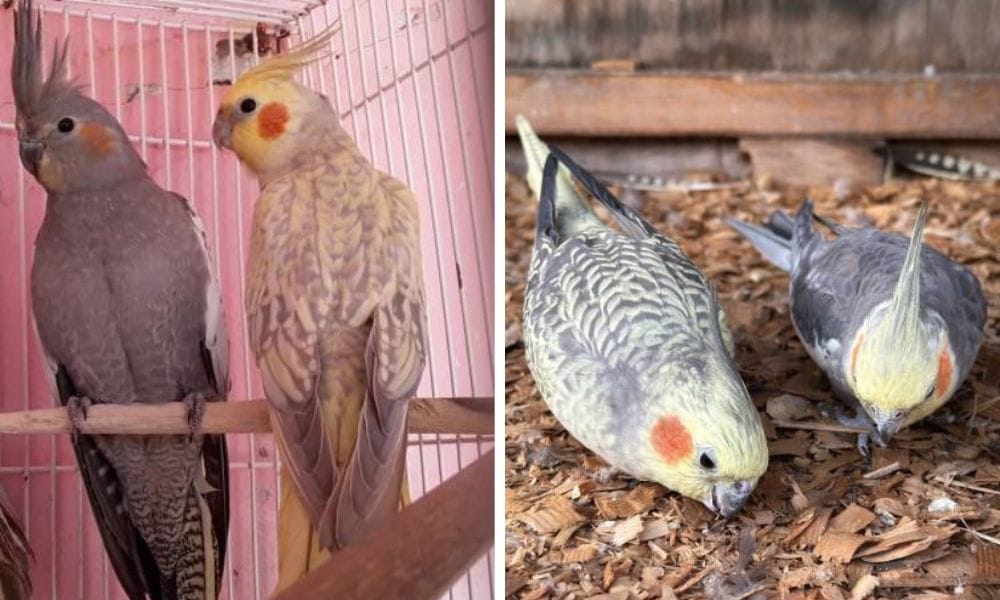
Recognizing and Treating Illnesses
Early recognition of illnesses in pearl cockatiels is vital. Symptoms such as lethargy, changes in droppings, or a decrease in vocalization can indicate health problems. Bird owners should be familiar with these signs and have a relationship with an avian vet to ensure prompt treatment.
The Role of Exercise in Health
Exercise is essential for the health of pearl cockatiels. A flying cage that allows for daily flight is ideal, but bird owners can also provide supervised out-of-cage time in a safe, enclosed space. Regular exercise helps prevent obesity and related health issues, such as fatty liver disease.
The Impact of Genetics on Lifespan
Genetics play a role in the lifespan of pearl cockatiels. Specific breeders may have lines with longer lifespans due to selective breeding practices. When acquiring a pearl cockatiel, it's beneficial to inquire about the bird's lineage and any known health concerns within the family.
Understanding Molting in Pearl Cockatiels
Molting is a natural process for pearl cockatiels, during which they shed old feathers and grow new ones. This can be a stressful time for the bird, and extra nutrition may be required. Bird owners should monitor their pets closely during this period to ensure they remain healthy and comfortable.
The Significance of Regular Veterinary Care
Regular veterinary care is a cornerstone of maintaining the health of pearl cockatiels. Annual check-ups can catch potential health issues early, and vaccinations can prevent certain diseases. An avian veterinarian can also provide tailored advice for caring for these specific pet birds.
The Role of Socialization in Pearl Cockatiel Health
Pearl cockatiels are social creatures and benefit from interaction with their human companions or other birds. Socialization can prevent behavioral issues and contribute to the overall well-being of the bird. It's important to dedicate time each day to engage with your pearl cockatiel.
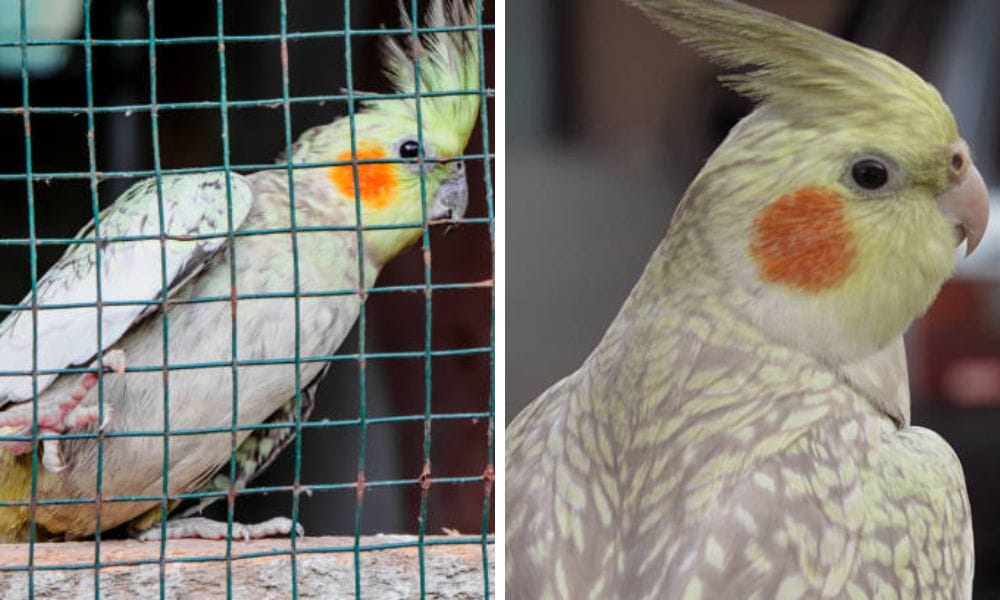
Addressing Nutritional Deficiencies
Nutritional deficiencies can lead to a host of health problems in pearl cockatiels. A diet lacking in essential vitamins and minerals can result in poor feather quality, weakened immune systems, and other issues. Bird owners should ensure their pets receive a varied diet that meets all their nutritional needs.
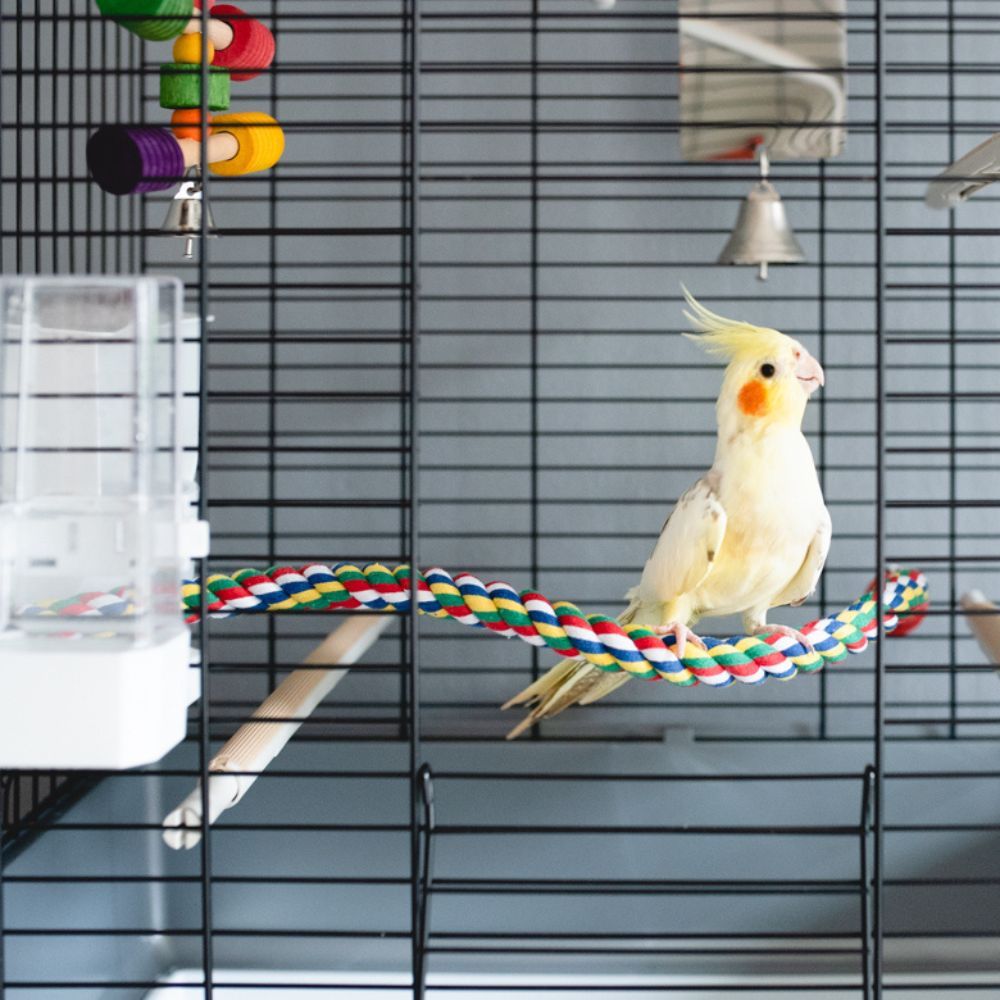
The Importance of Cleanliness
Maintaining a clean habitat is essential for preventing the spread of disease among pearl cockatiels. The cage, food dishes, and water sources should be cleaned regularly to minimize the risk of bacterial and fungal infections. Good hygiene practices are a simple yet effective way to keep your bird healthy.
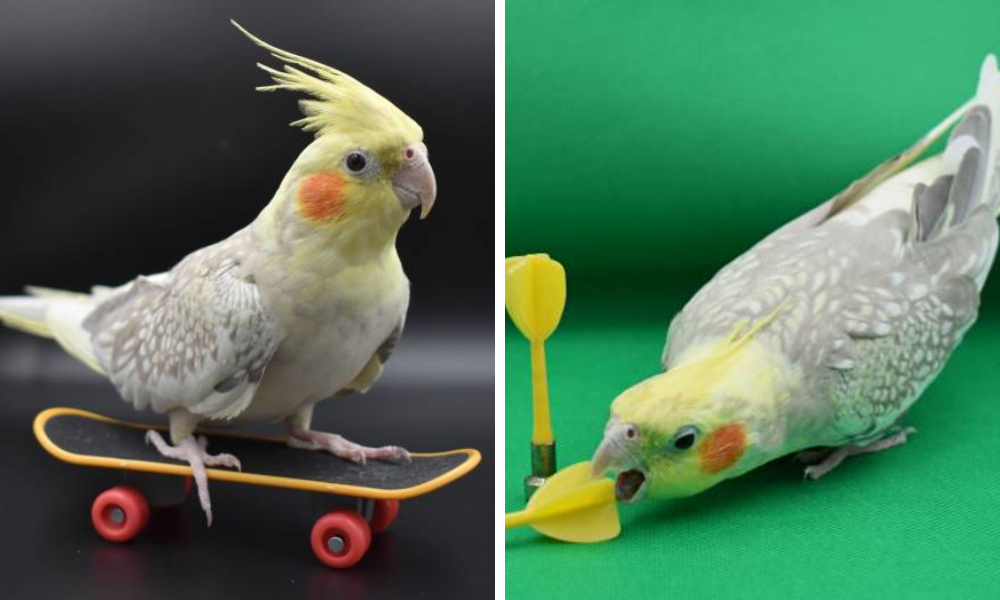
Summary
Pearl cockatiels are a captivating and popular choice for bird owners, known for their unique pearling and friendly nature. With a potential lifespan of 15-20 years, these birds can be long-term companions when provided with proper care. Key to their longevity and health are a balanced diet, a suitable habitat, regular exercise, and vigilant monitoring for signs of illness. Understanding the genetic aspects of their color mutation is also important for those interested in breeding. By addressing these needs, owners can ensure their pearl cockatiels live a full and healthy life.
FAQ Section
Q: How long do pearl cockatiels typically live? A: Pearl cockatiels can live between 15 to 20 years with proper care, including a balanced diet, a spacious habitat, and regular veterinary check-ups.
Q: Can you tell the sex of a pearl cockatiel by its coloration? A: Yes, young males typically lose their pearling after their first molt, revealing a more standard grey color, while females retain their patterned appearance throughout their lives.
Q: What are some common health concerns for pearl cockatiels? A: Common health concerns include fatty liver disease, respiratory infections, and feather plucking. These can often be mitigated with proper diet, a clean environment, and mental stimulation.

